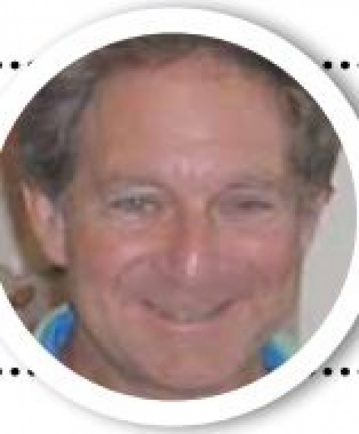
When I was about 14 years of age, I had the great pleasure to read The Catcher in the Rye. It immediately became my favorite novel, as it must have become for many of the 65 million other buyers of the book around the world - about a quarter of a million new ones each year, which is good enough for the 12 th position on Amazon’s best sellers list. Critics agree: Modern Library named it one of the 100 best books of fiction in English in the 20 th century; in 2005, Time magazine listed it among the 10 best novels in our language since 1923; and in 2003, the BBC listed it as #15 on its the Big Read survey.
Jerome David (J.D.) Salinger also immediately became my favorite novelist. Three years after my first exposure to him, I began Transcendental Meditation, and two years after that I read his deeply spiritual novel, Franny and Zooey, and that’s when I realized that the comic spirit that pervades Catcher expanded to become a cosmic spirit in Franny. This paralleled my own transformation from teen comic to spiritual aspirant. The Salinger of Catcher spoke to the teenage angst and rebellion of 14-year-olds around the world, but Franny spoke to the spiritual aspirations of meditators - and meditation teachers like myself - the world over.
War & Inner Peace
During World War II, Salinger served his country, and was working on what would become Catcher. By war’s end, he helped liberate his people from a concentration camp-Salinger was Jewish. But he returned from the war with what we now call PTSD, and perhaps, as a way to alleviate that huge stress, he turned to the study of Zen and Catholic mysticism in 1946. Exposure to the spiritual jewels of the latter might have inspired Zooey to tell Franny that “…who in the Bible besides Jesus knew-knew-that we’re carrying the Kingdom of Heaven around with us, inside, where we’re all too goddamn stupid and sentimental and unimaginative to look?… Jesus was a supreme adept, by God, on a terribly important mission.”
Catcher was published in 1951 and became an enormous best seller. While the theme wasn’t spiritual per se, its main character Holden Caulfield detested the phoniness, hypocrisies and illusions of the world.
The following year, Salinger became involved with the Ramakrishna- Vivekananda Center in Manhattan, and began a lifelong study of the wisdom of India, specifically Vedanta, and was swept away by The Gospel of Sri Ramakrishna. He would get to know its author, Swami Nikhilananda who ran the center. When Franny was published in 1961, Salinger sent a copy to the swami and, in his inscription, said that, through stories like it, the author could propagate Vedanta, and hopefully put a dent in all the phoniness and illusion of the world, what in Sanskrit is called maya.
Soon after being enlivened by the knowledge of Vedanta, Salinger published a short story in The New Yorker called “Teddy,” about a spiritually awakened adolescent who, at the tender age of six, “saw that everything was God.” His sister was drinking milk, and “I saw that she was God and the milk was God. I mean all she was doing was pouring God into God if you know what I mean.” At 10, he said,” I think I’d first just assemble all the children together and show them how to meditate…I’d get them to empty out everything their parents and everybody told them.” This was one of many Salinger stories, which were paeans to the lost innocence of children, who he thought were closer to God because society hadn’t yet defiled them.
The year after “Teddy” was published, Salinger read Paramahansa Yogananda’s classic Autobiography of a Yogi - one of my five desert island books - and realized that householders could also get enlightened. So he got married, and he and his wife become members of the great swami’s organization, the Self Realization Fellowship.
Famous Hermit
With the success of Catcher, Salinger struggled with paradox: he had achieved the fame and recognition that he deeply craved, yet hated the side effects, the glare of the limelight, and the demands of success. He wanted to be detached from the “fruits of action,” which he learned about in the Bhagavad Gita, for example, so he famously resisted his fame, shunned publicity, and was a highly-documented control freak about not only his work but covers, fonts, etc. to avoid appearance of commercialism.
After 1965, he ceased publishing any of his writing; the world was denied any work he might have produced in his last 45 years. He lived out those four and a half decades as a semi-recluse in New Hampshire, avoiding the public and resisting attention. Within just a few years after his death in 2010, rumors have surfaced in a biography and a film documentary about his life that five more pieces of writing from that 45-year period are going to be published, including more about the wisdom of Vedanta. If that is indeed true, J.D. Salinger, the writer, very much demonstrated that he could write without attachment to the fruits of his writing. Salinger, the writer, did indeed become Salinger, the yogi.
